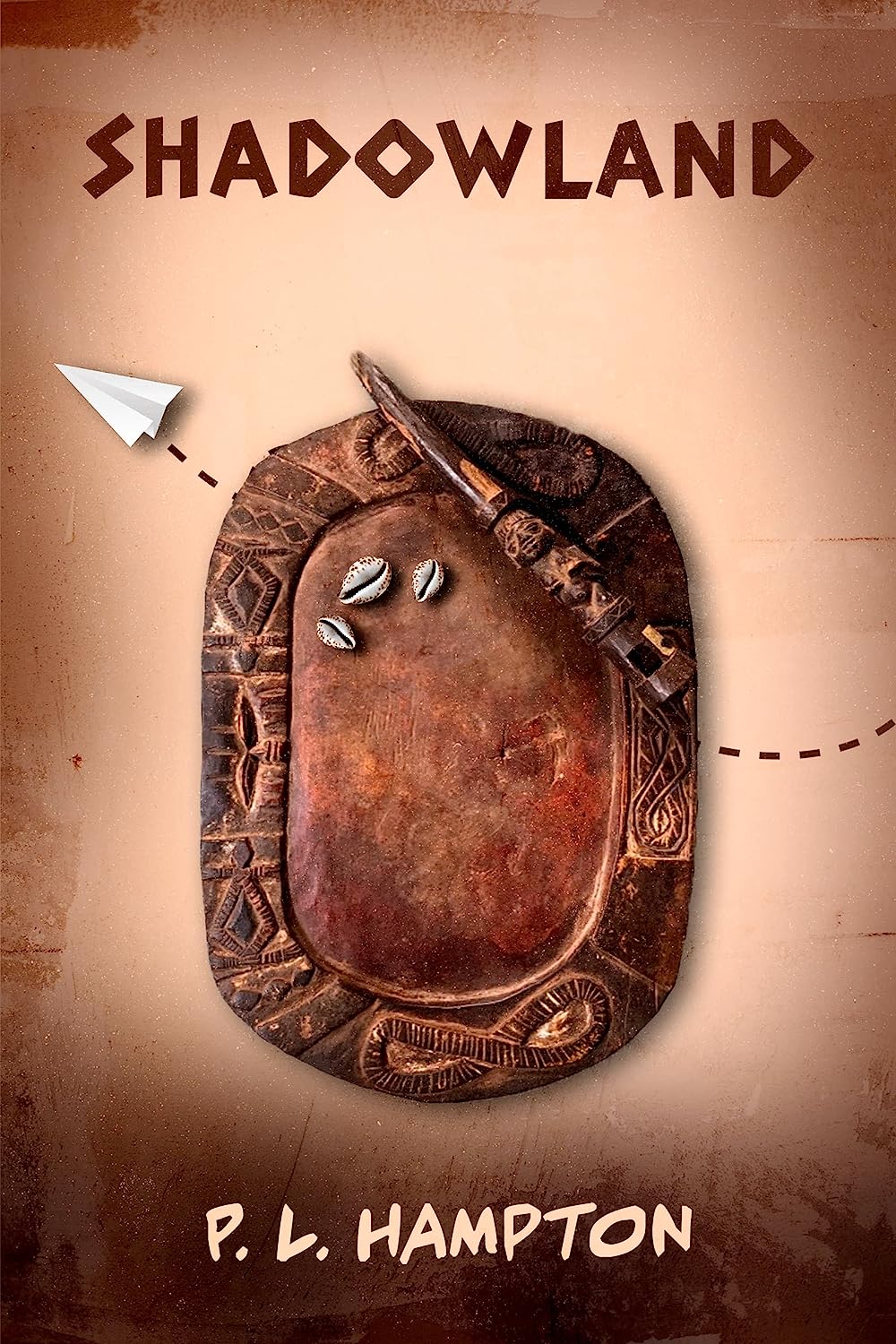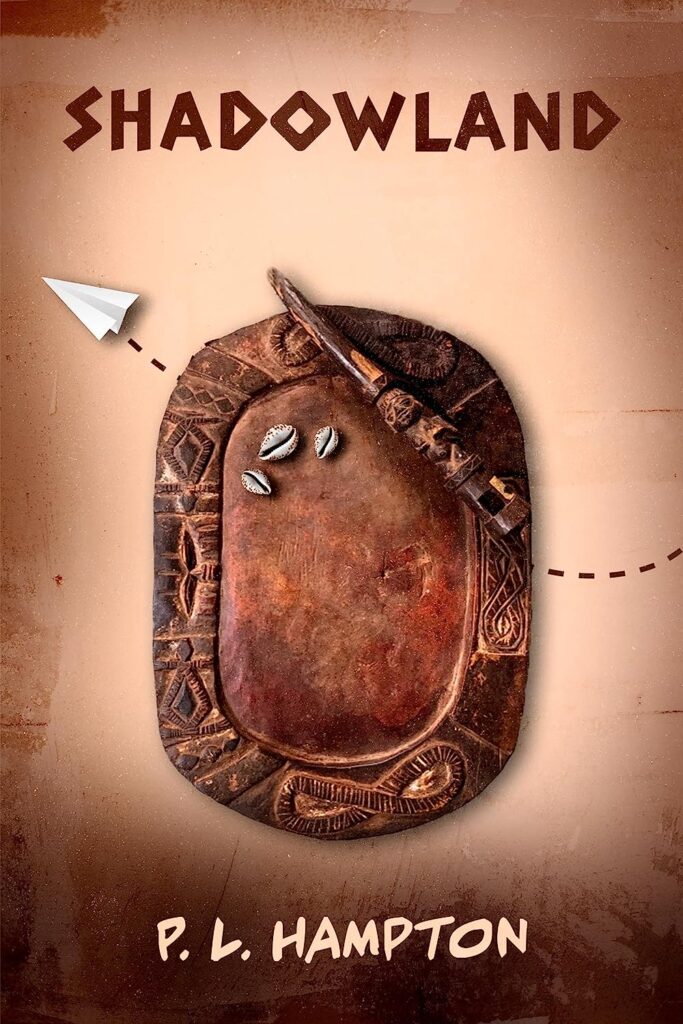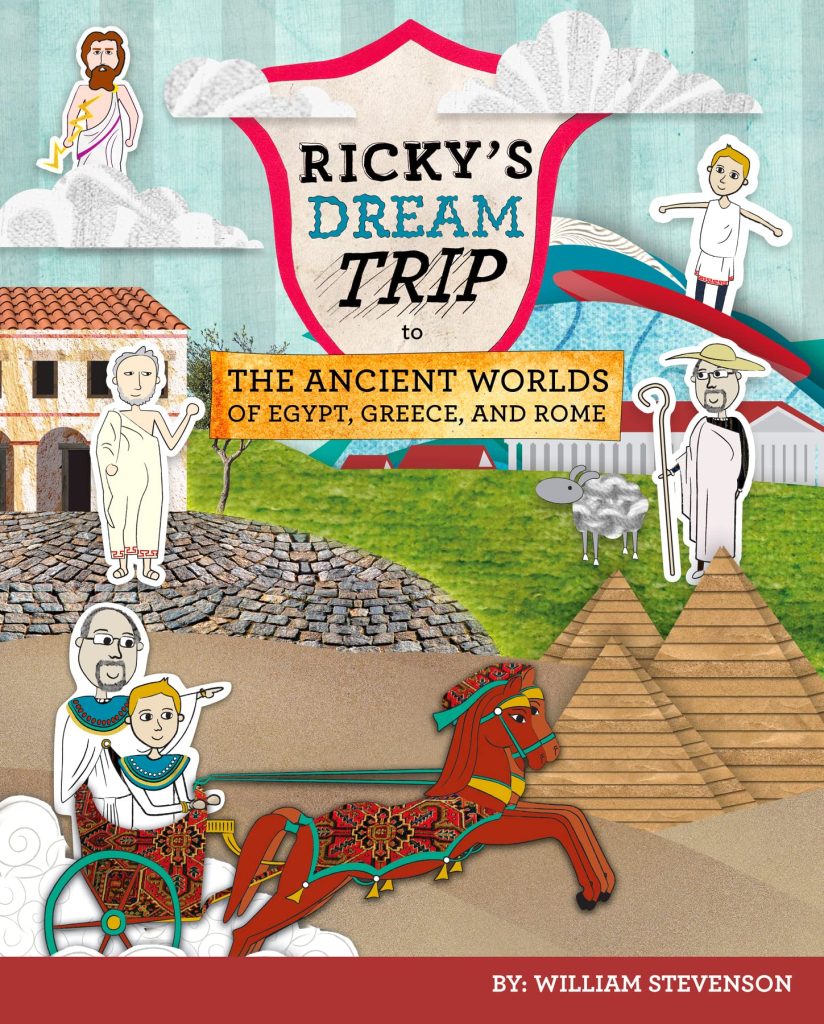Stay cool and have a great time with loved ones during the summer in your swimming pool. The key is to make sure that it is always ready for a swim. There are several things that you need to do to ensure that your pool is well-maintained so that you can take a dip whenever you want.
1- Check the Filter and Water Surface
You should skim your pool and check the filter frequently to rid the water of debris. When you are doing this, turn the filter off. Then, once you complete this task, you can turn it back on. You should do this at least once a week or whenever you notice a lot of debris floating on the water.
2- Check the Skimmer
You want to look at the skimmer and ensure that it is clear. About once a week, remove any debris that is accumulating in this component.
3- Brush the Sides
Whether your pool walls are concrete or vinyl, sediment and algae can build up over time. The general rule of thumb is to do this about once a week. Make sure that you get all the way down to the floor of the pool and pay close attention to any spots that are particularly scummy or dirty. Always do this before adding any chemical treatments or doing any water testing.
4- Vacuum the Pool
You should vacuum your swimming pool about once a week. However, if you have a lot of people in your pool for a party or there is a heavy storm, you should do it after this too. The vacuum is able to get what the skimmer is not. You can opt for a robotic vacuum or a manual one, depending on your preferences. In most cases, you will need to add a bit more water after a successful vacuuming.
5- Test the Chemicals
Once your pool walls and filter are clean, and the water is free from debris, it is time to test the chemical content and the pH balance of the water. You should aim for the following measurements:
7.2to 7.6 pH
1.0 to 3.0 ppm for free chlorine
100 to 150 ppm for alkalinity
6- Backwash the Filter
If you have a DE filter, you should do this every four to six weeks. It should be every two to four weeks for a sand filter. When you notice that your filter is eight to 10 psi above normal, it is time to complete this task to remove the buildup.
7- Replace the Filter
About once a year, it is a good idea to replace the filter. This will ensure that it is always working as efficiently as possible. Ideally, you would replace it at the beginning of each summer.
It is a good idea to create a maintenance schedule. You should also keep the necessary chemicals and products on hand so that they are always ready for use. This will make it easier to stay on top of all of the tasks necessary to keep your pool ready for swimming at all times.















